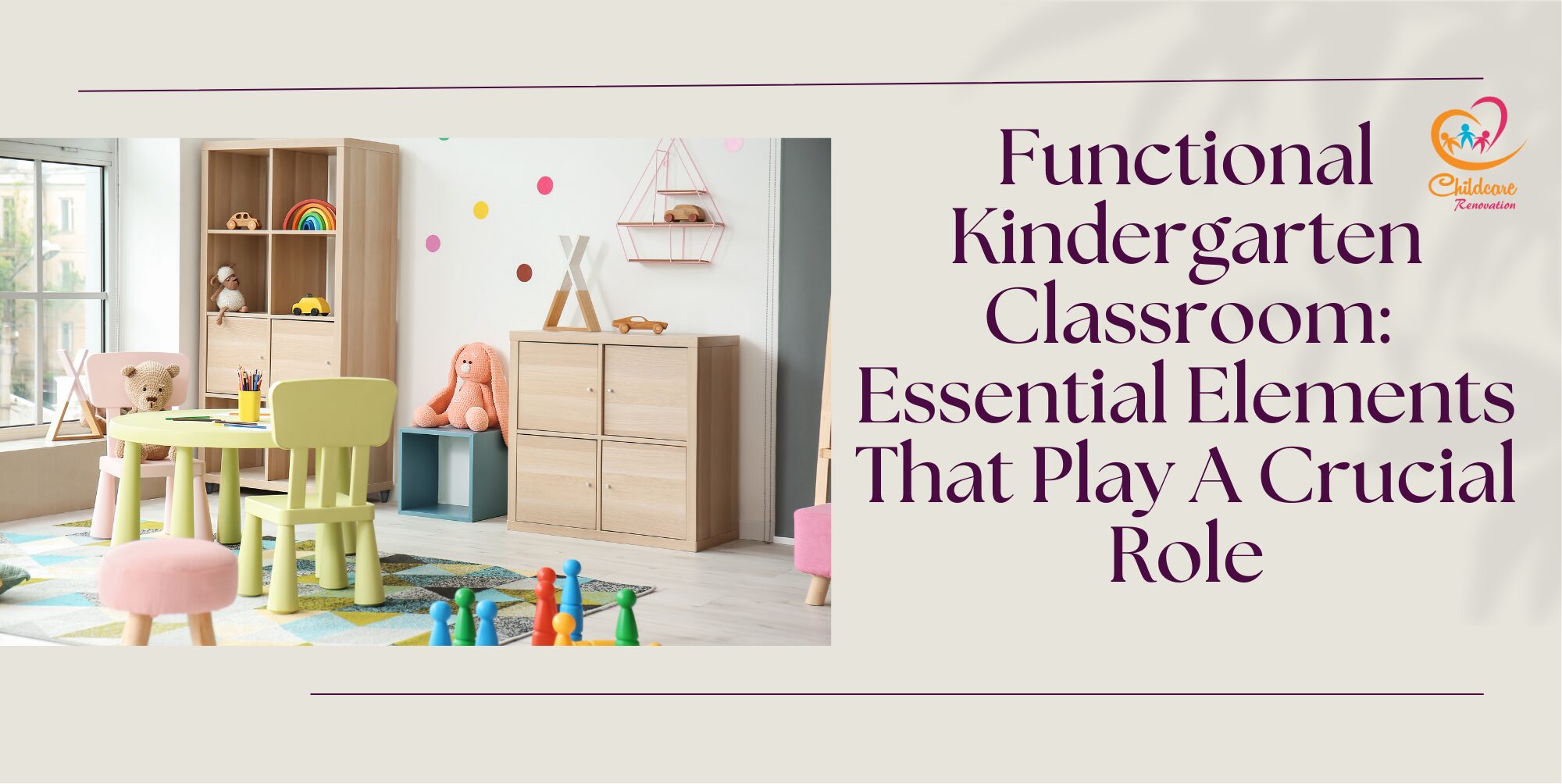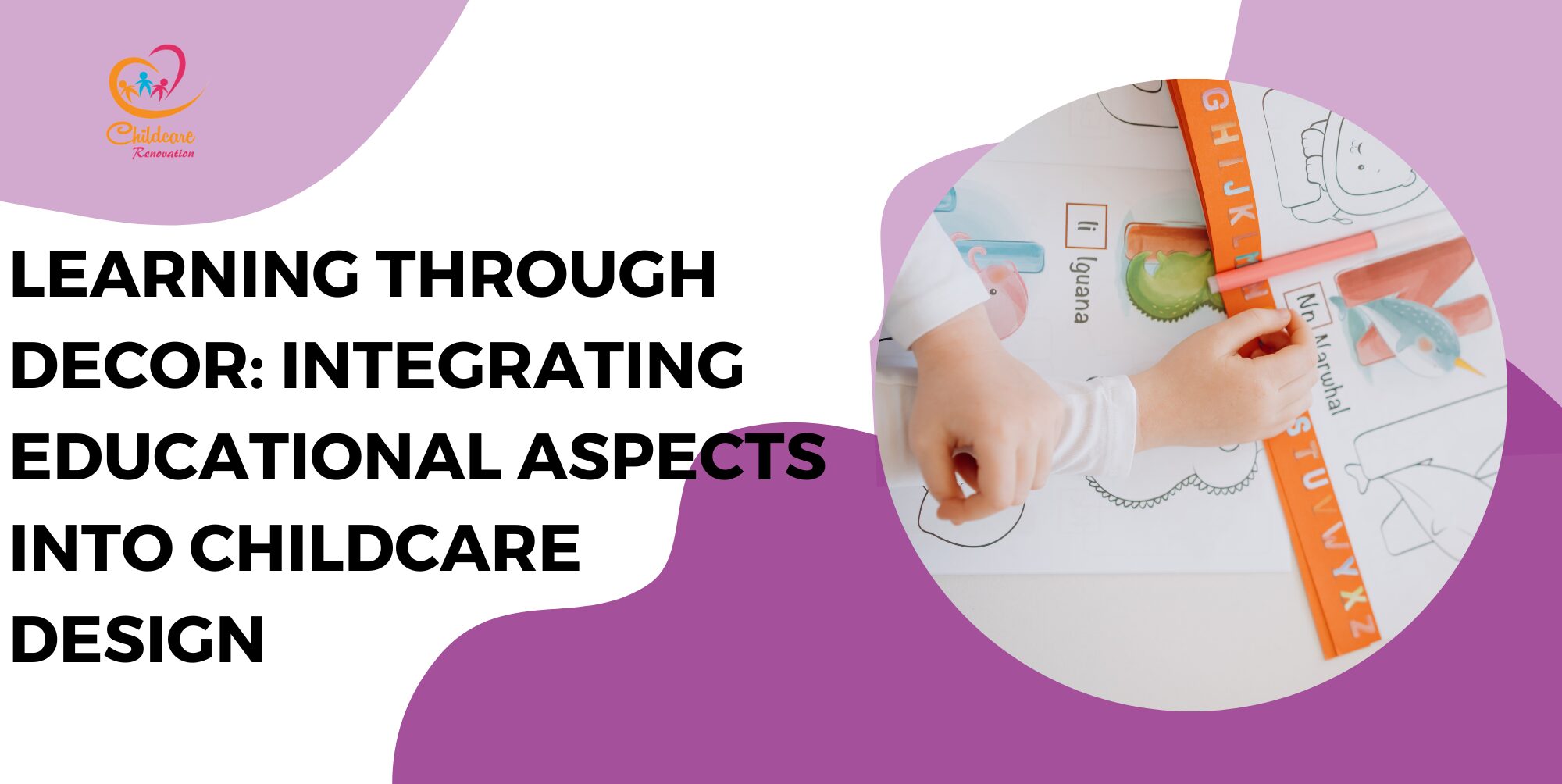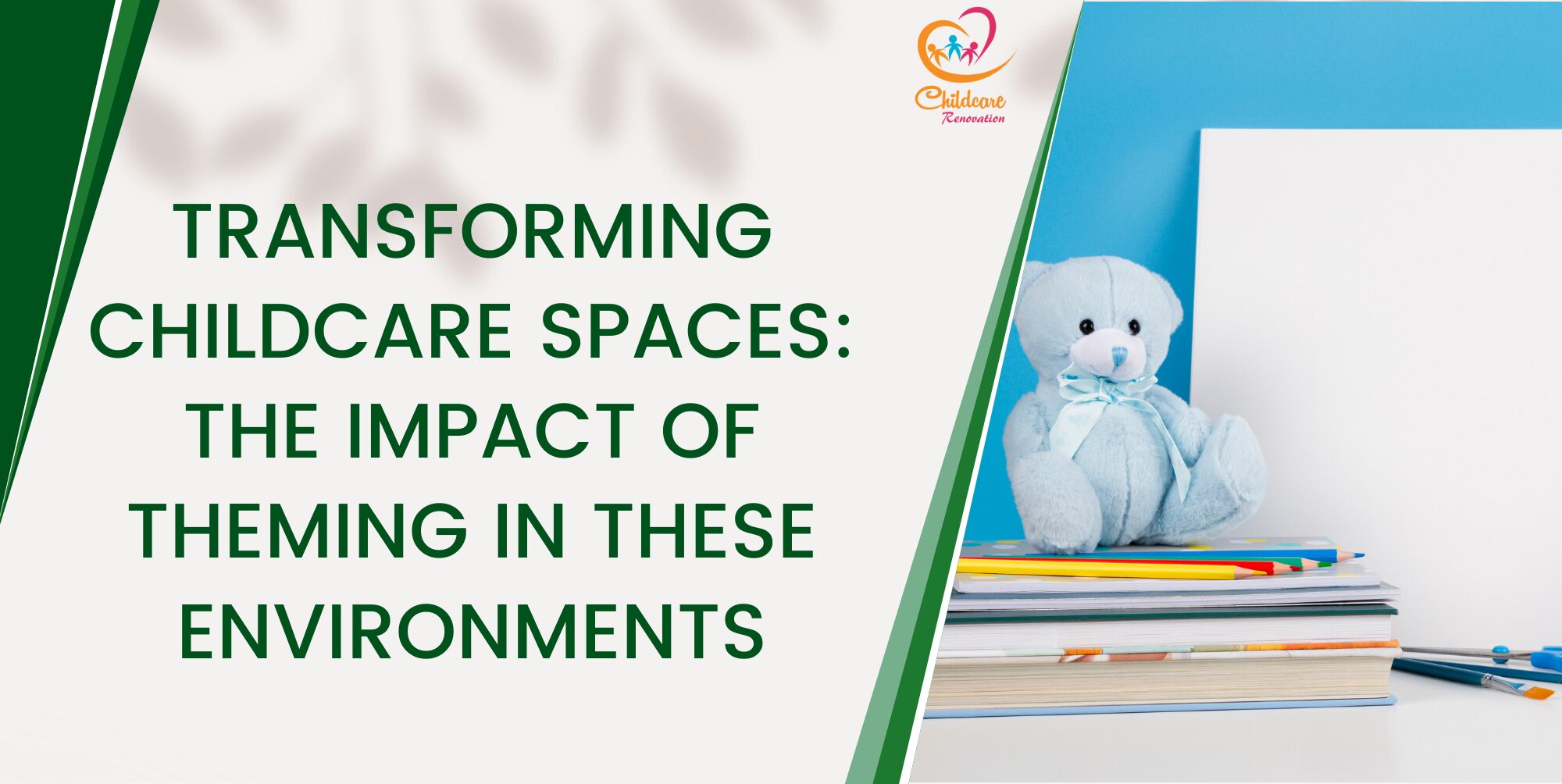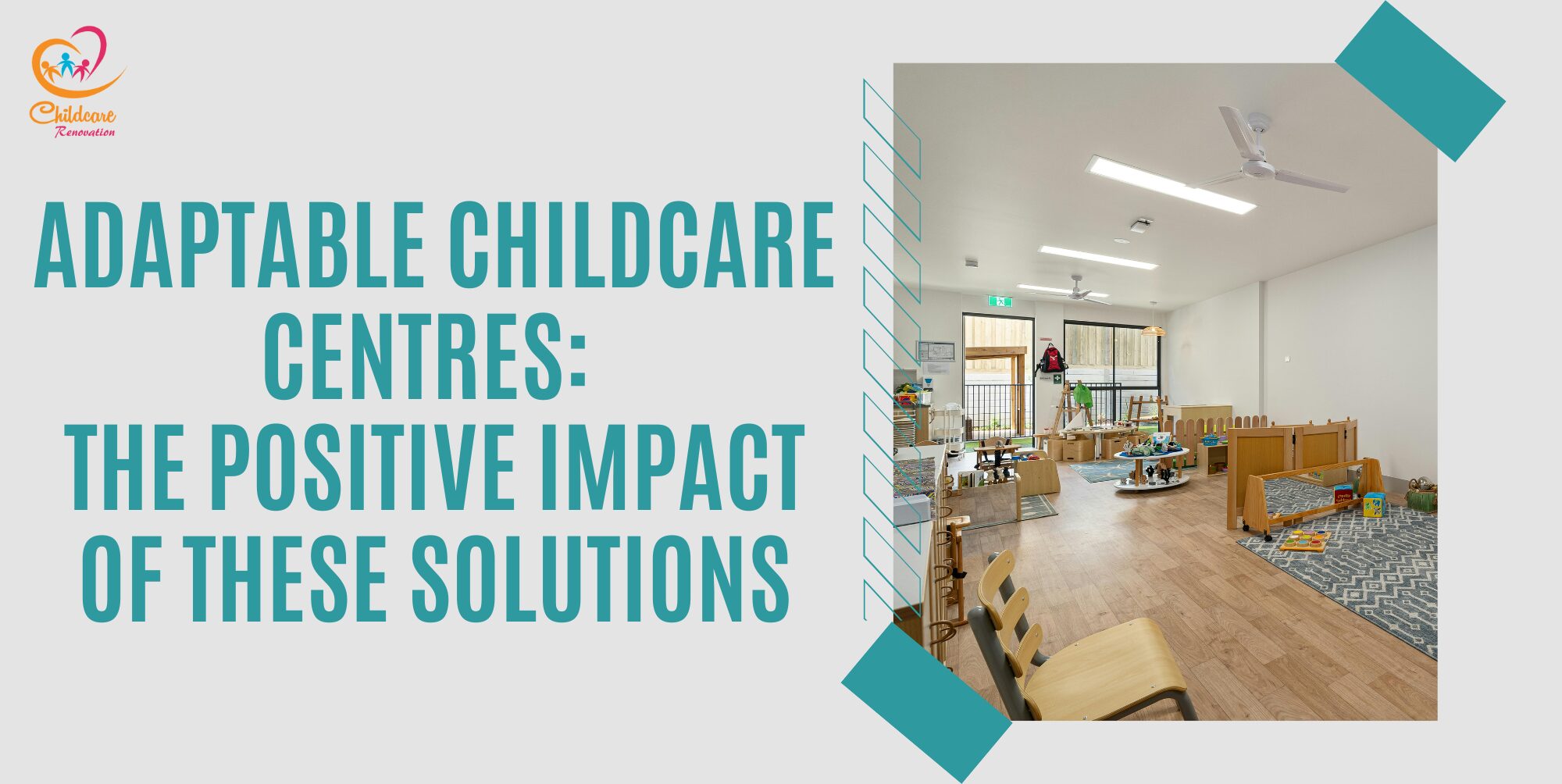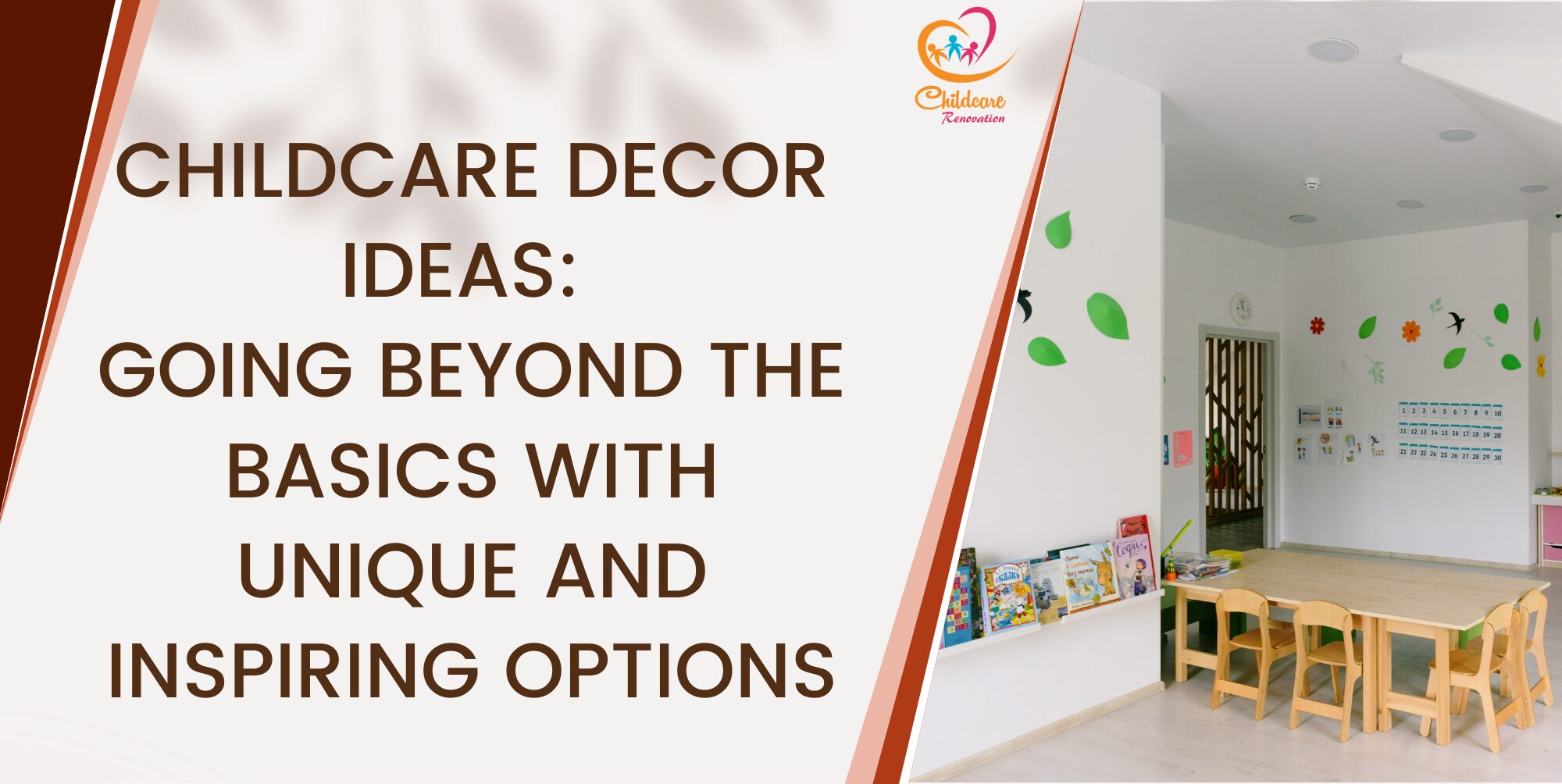Maintaining emotional and psychological well-being is paramount in today’s fast-paced world, where children contend with the demands of academic, peer interactions, and the challenges of personal growth. Not only adults can feel the stress from society, but also children. Creating a calm down corner in the classroom helps children to relax.
A calm-down corner is often overlooked, especially in Asia countries, as parents and educators often focus on children’s academics. There are many reasons childcare or preschools should create such corners in their classroom as it can help children to calm down and refocus again on their academic
The benefits of creating a calm down corner in the classroom go beyond relaxation. It helps to improve concentration, conflict resolution, and stress alleviation. In this article, we will explore some tips for creating a supportive space where children can manage their emotions effectively.
Why Calm Down Corner Matters?
Calm Down Corner is a place where children develop socially and emotionally. These corners provide children with a safe space to explore their emotions, process their feelings, and find balance. In a world that’s sometimes overwhelming, these corners become emotional anchors.
These corners also help children to regain their focus quickly. When children can manage their emotions, they can direct their attention to the task. Improved concentration leads to better academic performance and a more productive learning environment.
It can be stressful for children during their learning process. A calm-down corner offers a retreat from the pressures of school life. Students can use these spaces to de-stress and alleviate anxiety. By calming activities, they can release their tension and return to their studies with a refreshed and focused mindset.
Calm down corners can also be a space for building conflict-resolution skills. Children can be guided to the corner to resolve conflicts peacefully.
Create A Calm Down Corner #1 – Select The Perfect Location
Choosing the right location for the calm down corner is critical in ensuring its effectiveness. The location sets the tone for the space and influences how children perceive and utilize it.
The corner should be easily accessible to all children without causing disruption. The ideal location is within sight of the teacher, allowing them to monitor its use and provide guidance if necessary. This balance between accessibility and oversight ensures that the corner remains a safe and controlled space.
It should also be away from high-traffic areas and noisy distractions. A corner near a window or a quiet wall can provide the necessary serenity. Avoid placing the corner near doors, storage areas, or other sources of potential disruption.
The corner is a place for children to retreat when they need peace. It should offer a sense of security. Consider using low partitions, curtains, or shelving to create a semi-private space within the classroom. It should also allow children to feel comfortable in the space.
Create A Calm Down Corner #2 – Provide Soft Elements
The environment of the corner should be able to provide comfort and relaxation for the children. The choice of soft furnishings is central to achieving this ambiance, ensuring that students feel at ease and secure as they engage with their emotions and seek respite from the challenges of the classroom.
Placing seating, such as plush cushions, bean bags, or soft mats, provides students with a cozy place to unwind. These seating options invite relaxation, making it easier for students to release tension and regain their emotional equilibrium.
The colors you choose for the corner are also important. It should be soft, warm and soothing. Shades of light blue, gentle green or pastel hues create a calming atmosphere. The choice of colors should promote a sense of serenity and tranquility, which aids in emotional regulation.
Create A Calm Down Corner #3 – Provide Sensory Elements
Sensory elements engage the senses and provide students with tools to self-regulate and find tranquility. Soft, calming sounds can create a peaceful atmosphere. Consider playing tranquil music, such as classical or ambient tracks, or nature sounds like flowing water or birdsong. These sounds can serve as a backdrop for relaxation and reflection.
You can also incorporate soft textures, such as stress balls, plush toys, or textured fabrics, to engage the sense of touch. These items offer a tactile experience that can be soothing and calming, especially for children who benefit from sensory stimulation.
Scents have a powerful impact on emotions and mood. Introducing aromatherapy can be immensely beneficial. Essential oils or scented candles with calming fragrances like lavender, chamomile, or eucalyptus can create a serene environment. But ensure that children are not allergic to it.
Create A Calm Down Corner #4 – Introducing Mindfulness Technique
Mindfulness is feeling fully present in the moment and acknowledging one’s thoughts and feelings without judgment. This practice can immensely benefit students of all ages, empowering them to handle their emotions healthily and constructively.
Guided breathing exercises are a fundamental aspect of mindfulness. They are simple yet highly effective in promoting relaxation and emotional regulation. Provide instructions or visual aids that guide students through various breathing techniques. Deep and slow breaths can help calm the nervous system, reducing stress and anxiety.
Coloring can be a soothing and meditative activity. Provide students with coloring materials and sheets with intricate designs. Encourage them to color mindfully, paying attention to the colors, shapes, and the act of coloring itself.
Create A Calm Down Corner #5 – Establish Ground Rules
To ensure that the space serves its purpose effectively, it’s essential to establish clear and concise ground rules. These rules create a framework for properly using the corner and help maintain a tranquil and respectful environment.
Make it clear that the corner is a disturbance-free zone. Children who are not using the corner should avoid making noise or engaging in distracting behavior near it. If you provide sensory tools or materials, explain how to use them responsibly.
Create an atmosphere of non-judgment. Let students know that using the corner is okay and that there is no shame in seeking emotional support.
Speak with The Experts
Planning to get started at your kindergarten but have no idea about it?
Childcare Center Renovation Singapore is a reliable company for renovation and interior design. They have about ten years of experience in this field and have a good reputation among customers.
Call us now to get your desired kindergarten design ideas now!










